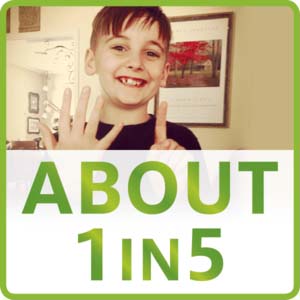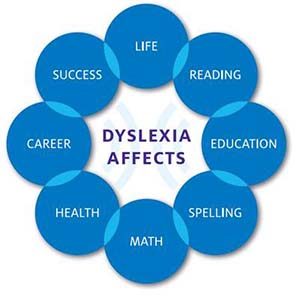What is Dyslexia? Definition of Dyslexia
Dyslexia, as defined by The National Institute of Health, is “a brain-based type of learning disability that specifically impairs a person’s ability to read. Individuals with dyslexia typically read at levels significantly lower than expected despite having normal intelligence. Although the disorder varies from person to person, common characteristics among people with dyslexia are difficulty with phonological processing (the manipulation of sounds), spelling, and/or rapid visual-verbal responding. Dyslexia can be inherited in some families, and recent studies have identified a number of genes that may predispose an individual to developing dyslexia.” While 20 states have adopted various definitions of dyslexia, Learning Ally supports this research founded, nationally recognized definition.
Take the dyslexia screener to see whether you or your child show signs of dyslexia. This screener is not a substitute for an evaluation by a professional dyslexia specialist.




